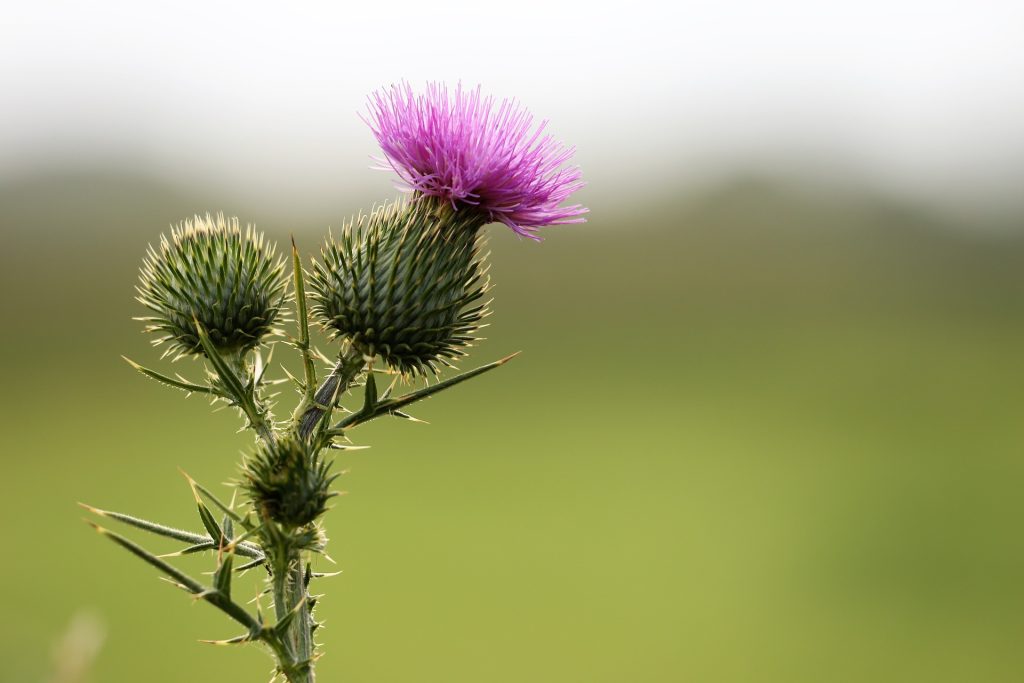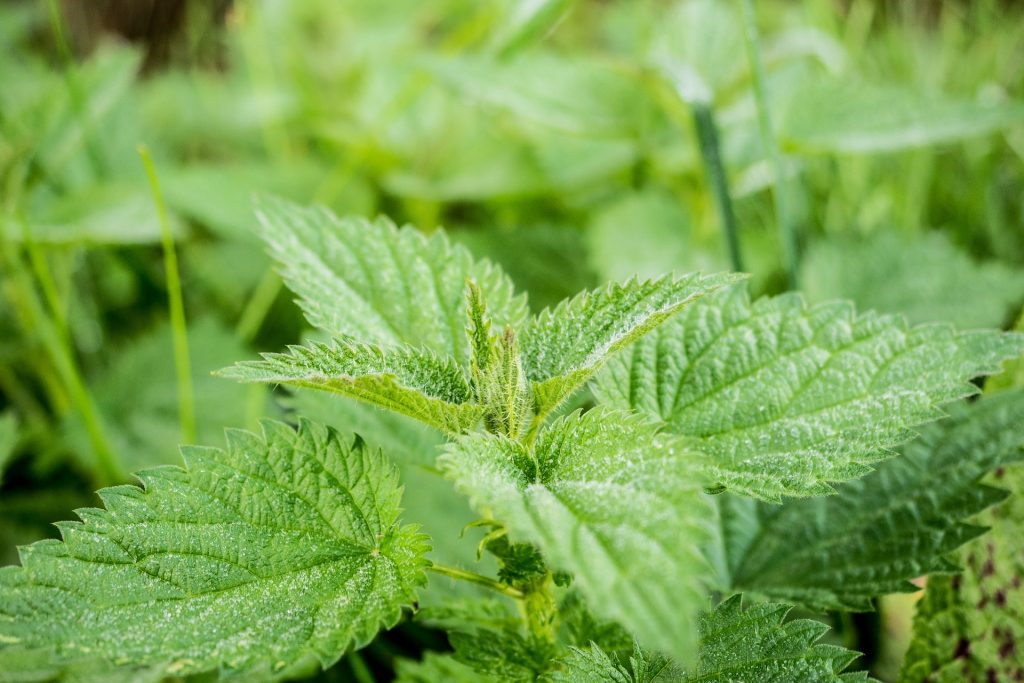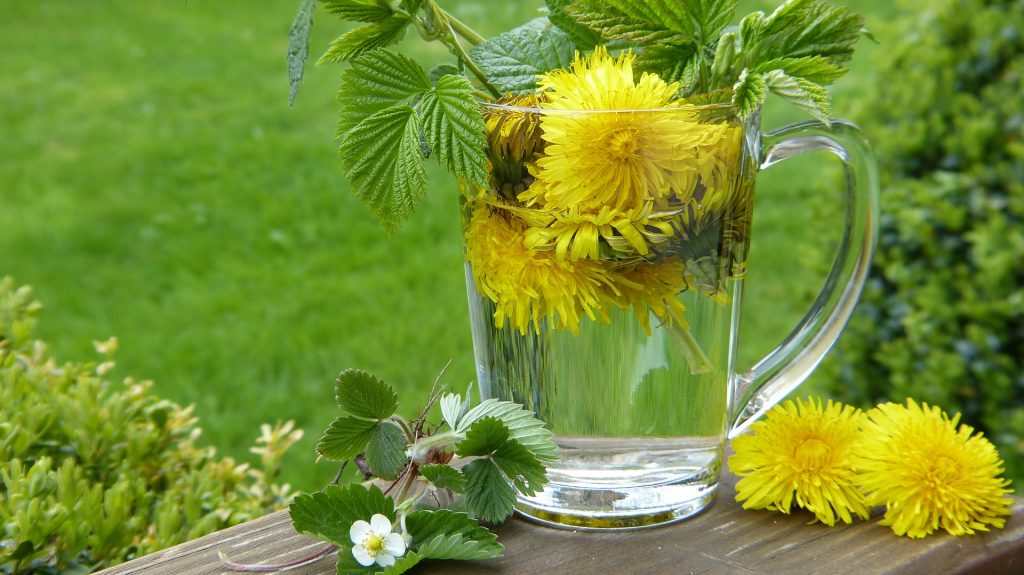To enhance the detox/weight loss plan that I have started last week, I’m taking a deep dive into a detoxifying herbs and how to use them. If you have read my article on the Spring Detox Plan, you already know that I love the use of green tea for its antioxidants and detoxifying and draining properties, but there a bunch of herbs that can help us purify our organism targeting specific organs and functionality in our body, and making us feel better and recharged as a result, ready to face the new season with renewed energy.
Why detox?
There are indeed a few plants that have wonderful diuretic, purifying, and detoxifying properties and that are perfect for draining. In phytotherapy, draining is a purifying process obtained by the consumption of specific herbs to eliminate toxins through all the natural excretory organs of our organism: through our liver, our kidneys, our intestine and our skin. The results of an effective draining process are an improvement of all the above organs functionality, enhancing your body’s natural detoxification system. We are talking about the increase of the diuretic activity, the increase of the liver secretion, a mild increase of the intestinal transit, and eventually the improvement of our sweating process, and a regulation of the sebaceous production. The draining process will result in an augmented feeling of wellbeing, and a decrease of fatigue.
4 Best detoxifying herbal remedies
I am choosing the most powerful and easy to find detoxing herbal remedies, they can be assumed in herbal teas, or in drops taken with a glass of water, and they are very effective and you should begin to see the results in a week time, and some straight from the next day (diuretic effect is indeed the first you one you’ll notice!).

Burdock
Burdock roots is widely recognised for its cleansing and detoxifying properties. It has always been known as a powerful depurative herb, is a good diuretic, capable of enhancing the capability of the skin to expel toxins, and has a good effect on our liver as well. It is indeed an hepato-protector, and has a bitter liver tonic function, confirming how its depurative properties affects more than one organ.
Caution:
There are no dangerous effecst except if you are allergic to Asteracee. Consult your doctor/g.p. if you are taking drugs for diabetes, as burdock has an hypoglycaemic action, and may increase the effect of your medicines.
Use
You can consume burdock as a herbal tea, or better as a decoction, or using fluid extract, or dry extract.
Herbal tea: 3 cup per day (ideally morning, afternoon and night)
Decoction: finely cut 2,5g of dry burdock root and leave it in cold water to macerate for a few hours, then let it boil for an hour maximum (the long decoction time allows to extract all the properties from the root). Filter and consume 3 cups per day.
Fluid extract: 30 drops (or 1 tsp) 2 or 3 times a day.
Dry extract: 100-200mg per capsule.

Nettle
In the past the use of nettle was very popular to improve digestive capabilities, as a tonic, as depurative and to increase the diuretic processes. Nettle was a Spring must use in the kitchen until the last century, a good habit that we have unfortunately lost over time.
Today modern medicine does not seem to be particularly impressed by this plant, but modern studies have anyway proved its richness in minerals (iron and silicious) explaining its tonic properties, and its content of secretin, which has normalising properties on the gut bacteria. It stimulates liver and kidney function, and clears toxins. In addition, its detoxifying and depurative effects work at the liver level and at the skin level too, and can be seen just with the simple food consumption (adding it in soups, etc), but can be equally obtained using it an integration.
Caution:
No known drugs interaction, just avoid using it when pregnant.
Use
Herbal Tea: leave in infusion 4g of nettle in a cup of boiling water for 10 minutes, then filter and drink ¾ times per day.
Mother tincture: 40 drops 3 times per day.

Dandelion
This lovely flower is a native of many parts of Europe and Asia. Traditionally, we used to eat the leaves young in spring as a bitter detoxifying tonic, to cleanse the body of wastes from the heavy food and different habits of winter.
Modern phytotherapy studies have highlighted its property of increasing the liver secretion, and the bile production, with the consequent help this has on the liver. Furthermore, the dandelion has an incredible diuretic power, greater than the other herbs that improve liver functionality. It has a mild laxative action too, which contributes in making it the most effective draining and purifying herb.
Caution:
Pay attention in case of Gall bladder problems, consult your doctor before consuming dandelion.
Use
Herbal tea: 2 tsp of dry herb per cup, boil quickly and then leave it to infuse for 15 minutes. Have a cup morning and evening for 4/6 weeks.
Mother Tincture: 50 drops 3 times per days (always for 4/6 weeks.)
On detoxifying herbs and how to use them
You can use just one of the above remedies, or combine all three to have a proper Spring detox draining. For instance, you could take a mix of dandelion and nettle mother tinctures (15 drops of each) to assume 3 times per day with water, and then enjoy a burdock tea morning and evening. Or maybe try to include nettle in your food preparation, and use an mixed herbal tea 3 times per day.
Or you can maybe try the remedies on their own to study how your body reacts to them. Whatever you try, let me know in the comment!
Bibliography:
The Complete Herbal Tutor – Anne McIntyre , Aeon books
Dictionary of phytotherapy and medicinal plants – Enrica Campanini , Tecniche Nuove